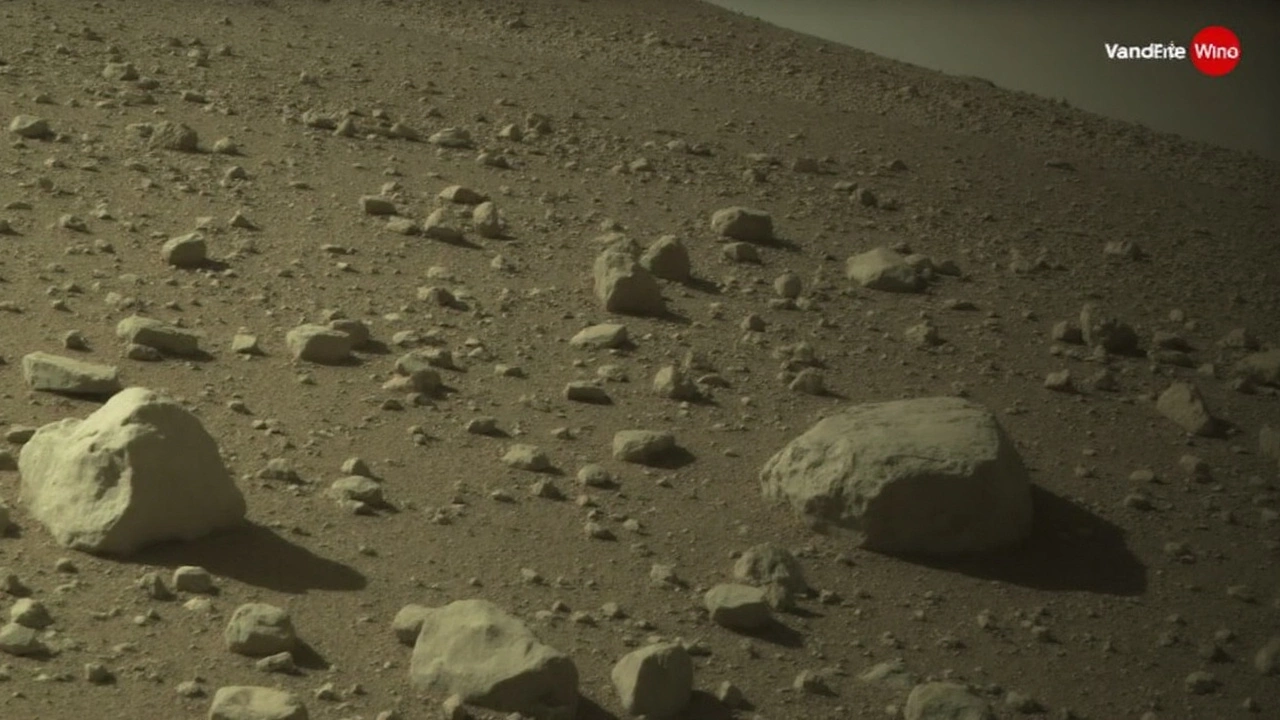Ancient Microbial Life: What We Know and Why It Matters
Ever wonder what the first living things on our planet looked like? They weren’t giants or plants – they were tiny microbes that showed up over 3.5 billion years ago. Even though you can’t see them with the naked eye, their fingerprints are everywhere in ancient rocks. These tiny pioneers set the stage for everything that followed, from oceans to forests and even us.
How Scientists Find Ancient Microbes
Finding microbes that lived billions of years ago is like hunting for a needle in a rock. Researchers start by looking at sedimentary rocks that formed when Earth was still a hot, volcanic place. Inside these rocks they spot tiny structures called stromatolites – layered formations built by colonies of microbes. Sometimes they even spot microfossils, which are tiny carbon‑filled shells that match the shape of known bacteria. To be sure they didn’t just stumble on random mineral shapes, scientists use advanced tools like electron microscopes and isotopic analysis. Those techniques tell them if the chemistry matches a living organism rather than a mineral trick.
What Ancient Microbes Tell Us About Earth
The early microbes weren’t just survivors; they were transformers. One group, called cyanobacteria, started turning sunlight into energy and released oxygen as a by‑product. That slow drip of oxygen eventually thickened the atmosphere, making it possible for larger, oxygen‑breathing life to evolve. Other microbes helped form the first soils and even influenced the chemistry of the oceans. By studying their fossils, we learn how the planet cooled, how oceans formed, and why certain minerals are where they are today.
Beyond history, ancient microbes guide today’s science. Knowing how early life dealt with extreme heat, acidity, or radiation helps researchers design organisms that can survive harsh conditions on Earth and maybe on Mars. Biotech firms are also borrowing ancient metabolic pathways to create new ways of cleaning waste or producing bio‑fuels. In short, the tricks these tiny pioneers used are still useful for modern problems.
If you’re curious about where we might find more clues, look to places like the Pilbara region in Australia or the Canadian Arctic. Those areas hold some of the oldest rock formations still accessible to scientists. New discoveries keep pushing the timeline earlier, suggesting life might have sparked even sooner after the planet formed. Each find adds a piece to the puzzle of how life got started and how resilient it can be.
So next time you think about Earth’s history, remember it didn’t start with dinosaurs or humans. It began with invisible microbes that quietly reshaped the world. Their story is a reminder that even the smallest players can have the biggest impact.

Perseverance Rover’s ‘Sapphire Canyon’ sample hints at ancient life on Mars
NASA’s Perseverance rover found potential biosignatures in a Jezero Crater rock nicknamed “Sapphire Canyon,” collected from a site called Cheyava Falls. The 3.5-billion-year-old sample is rich in organic carbon, sulfur, oxidized iron, and phosphorus—elements that could support microbial life. NASA calls it the closest sign of ancient life yet, but stresses more study and sample return are needed.